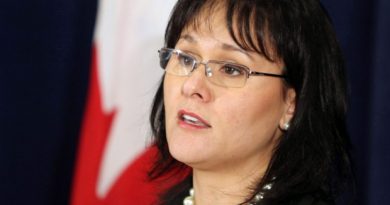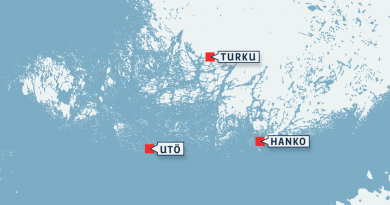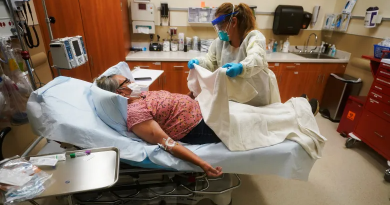Handcrafted kayak from Tuk donated to museum, reunited with granddaughter of creator
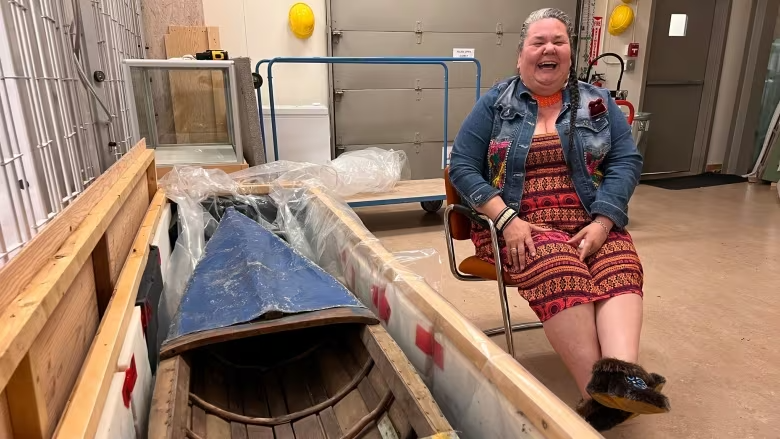
Inuk, who works at Yellowknife’s museum, is the granddaughter of Bertram Pokiak who made the kayak
A handcrafted kayak from Tuktoyaktuk, N.W.T. has been donated to a Yellowknife museum, where it was reunited with a descendent of its creator.
Inuk (also known as Brendalynn Trennert), the community liaison coordinator at the Prince of Wales Northern Heritage Centre, is the granddaughter of Angagaq (also known as Bertram Pokiak) who built the kayak for his youngest son around the 1960s.
The kayak was made for Charles Pokiak, Inuk’s uncle, who was around 11-years-old at the time.
Inuk says being reunited with her grandfather’s work was an emotional experience.
“We’re preserving a piece of history,” she said.
“It’s actually like a piece of grandpa coming from history.”
Charles says he remembers when his father was building the kayak with whatever was available in the Beaufort Delta, including willows. He said his siblings were tasked with gathering materials, but he didn’t know why.
“To my surprise, after he was done, he said ‘there you go son,'” Charles said.
“So I tried it out the first few times I was little bit wobbly.”
Charles said the kayak kept him busy throughout the summer and allowed him to explore the area from the water.
“I used to go into the harbour … and see wildlife,” he said.
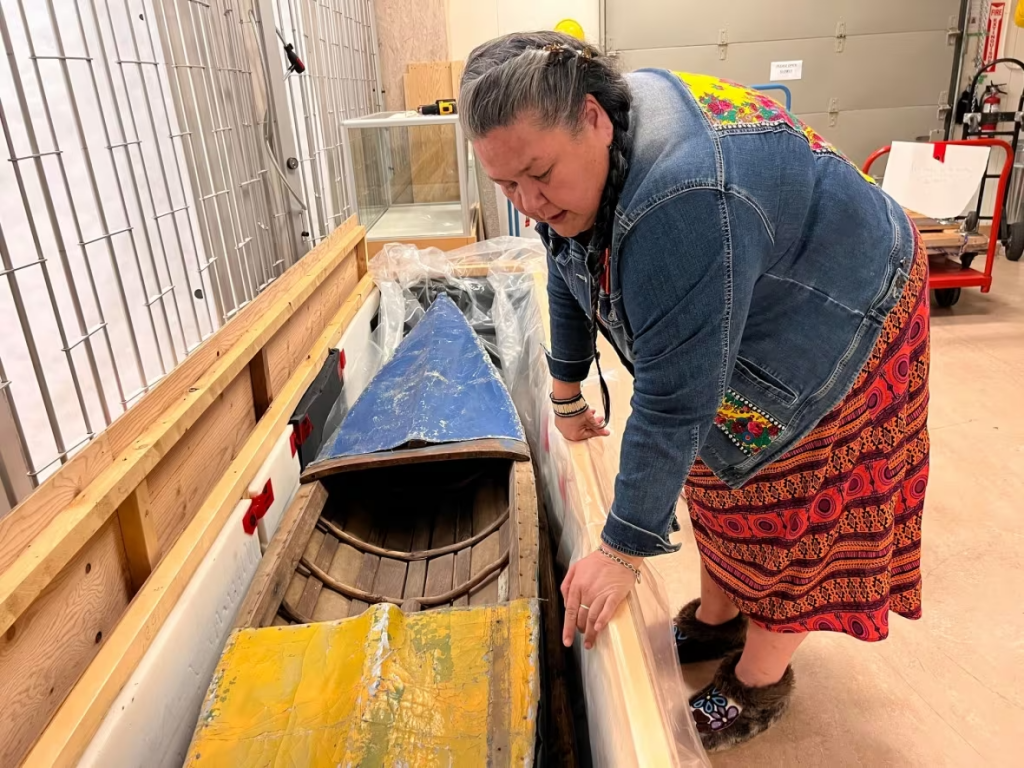
Charles said he eventually outgrew the kayak when he got older and it was stored in a warehouse in Inuvik.
It was Charles who made the decision to donate the kayak. He said it was difficult to give it away because of his attachment to it and the work that went into creating it, but is happy that others can now appreciate it.
“Sometimes you gotta let things go for the better,” he said.
“I’m glad it’s in a museum, it just brings back fond memories… I feel so honoured, not only for myself but for our father.”
Kayak joins other work by Angagaq
Inuk said the kayak isn’t the only piece of her grandfather’s work that is in the museum.
He was well-known for making basket sleds, a type of hand crafted sled used by the Inuvialuit and pulled by teams of sled dogs.
One of his basket sleds is on display at the museum.
“When I see the handwork that went into it, that was very emotional for me because my grandpa’s hands did that,” Inuk said of Angagaq’s basket sled on display.
“It just makes me really honoured and proud.”
Inuk has a special appreciation for work that’s been crafted by hand, she herself is a talented artist and jewlery maker, who now works with arctic furs and leathers.
But she also recognizes that these skills her grandfather had were used for survival.
“We weren’t born into a society with box stores and machines,” she said.
“If he wasn’t so good with his hands we wouldn’t be here.”
The kayak won’t be on display right away, but Inuk says anyone interested in seeing can speak with collections staff about organizing a viewing.
-Interviews by Marc Winkler, written by Luke Carroll
Related stories from around the North:
United States: Alaska museum’s latest exhibit gives unique look at pingoes, Alaska Public Media

